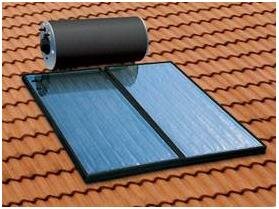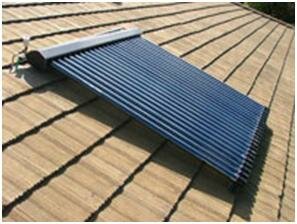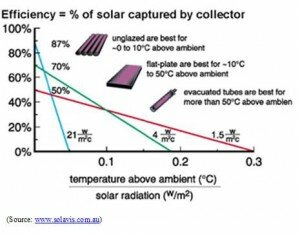Linfox cuts energy use by 9%, on track for 15%
Friday, July 24th, 2009Linfox is well known for the “You are passing another Fox” sign on the back of its vehicles. But the company has also cut its greenhouse gas emissions by 9% in the last eighteen months, and is on track to cut its emissions by 15% by December 2010.
I had the privilege of interviewing David McInnes, Group Manager Environment and Climate Change yesterday and being inspired about Linfox’s approach to the climate change challenge. It was refreshing not to hear the Carbon Pollution Reduction Scheme mentioned once in the interview. Linfox is reducing its carbon emissions because it wants to, not because its being forced to, and is quietly getting on with it.
So how does a organisation with 15,000 staff, whose carbon emissions mostly come from diesel consumed in trucks, reduce its per km emission by 9% in eighteen months? You can find the interview on our “Good News Interviews” page.
For me a couple of the standouts from the interview were:
- Their staff engagement program. Almost all of their savings have come about by making better use of what they already have, rather than investing in new technology. This has been achieved by getting their staff involved in changing the way things are done and in how trucks and buildings are operated, and making hundreds of small changes.
- Their carbon accounting system – developed in-house. Linfox programmers set up their SAP system such that now monthly carbon reports can be generated, down to the level of individual trucks if necessary. A consistent theme of all organisations cutting their carbon footprints is their focus on accurately and frequently tracking their emissions
- David’s recommendation to any organisation wishing to cut their carbon footprint to undertake an energy audit, which provides the business case for action. Thanks for the plug for my profession David!
After the interview we discussed Linfox’s Greenfox program, and I wish I had left the voice recorder on. This is a fantastic program. Staff can become a Greenfox by passing five training modules. Everyone who completes the training gets a framed certificate, and drivers who complete the training get a Greenfox badge on the shoulder of their uniform. David mentioned that Greenfox’s often become ambassadors, with truck drivers going to their kid’s schools and talking about climate change.
Also not covered in the interview was the great help David got from Linfox’s IT department in modifying SAP. Normally there is a long queue in the organisation for projects requiring SAP changes. The carbon accounting adjustments though were undertaken by the SAP programmers on top of their normal requirements, such was their commitmen to the company reducing its carbon footprint.
Finally David also spoke off the record about the need to focus less on the science and more on the community and the emotional response that when sparked can result in great change.
As one of Australia’s larger businesses Linfox is taking a leadership role by getting on with reducing its corporate carbon footprint. David McInnes is providing inspirational leadership. Take half an hour to listen to David McInnes and I guarantee you’ll come away motivated and hopeful about what is possible if we focus on cutting carbon emission.






